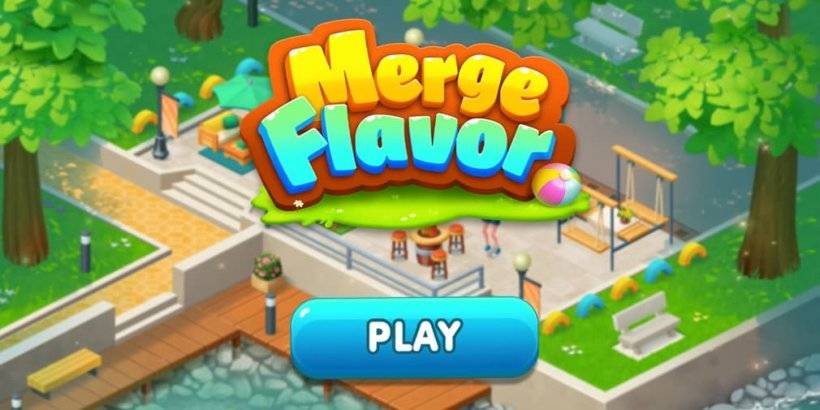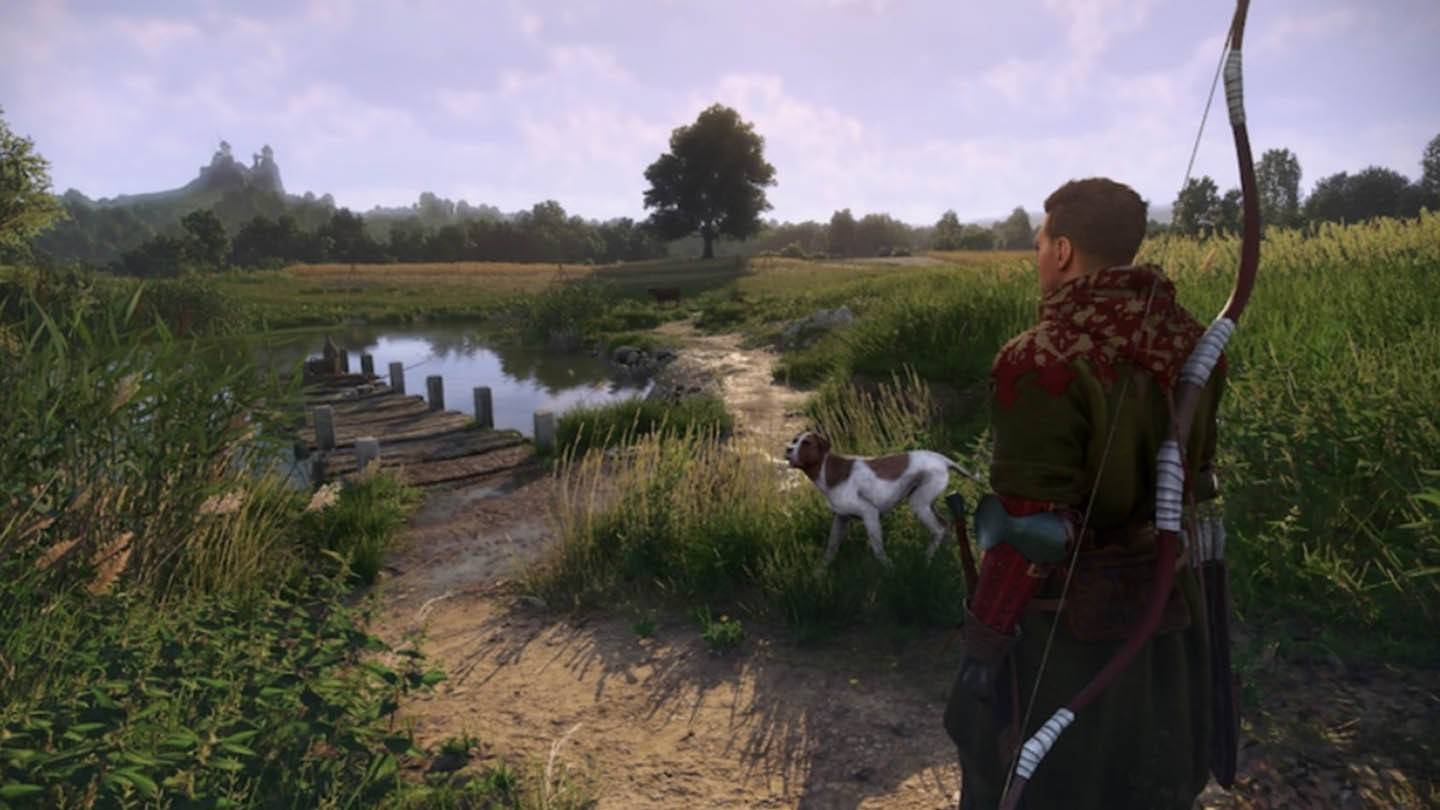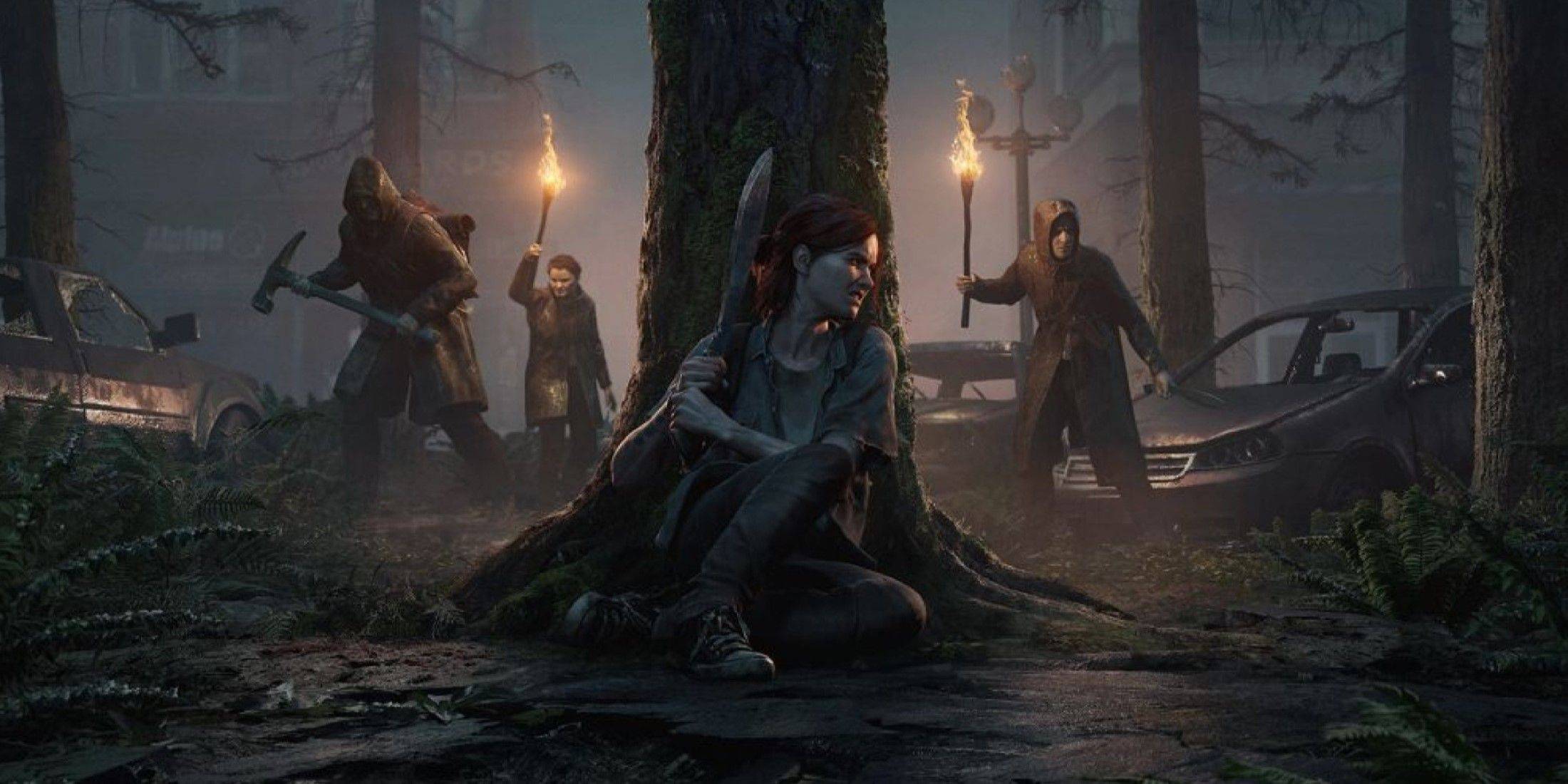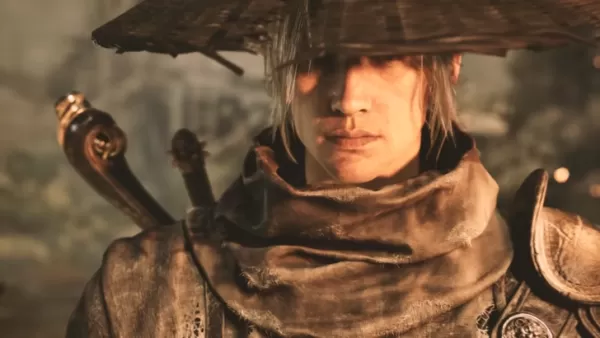"Evolution of Monster Hunter Weapons: A Historical Overview"
- By Hannah
- May 14,2025

Monster Hunter is renowned for its diverse array of weapon types and engaging gameplay, but did you know that even more weapons have not made it into the newer games? Dive into the fascinating history of Monster Hunter weapons to uncover the evolution and untold stories behind these essential tools.
← Return to Monster Hunter Wilds' main article
History of Weapon Types in Monster Hunter
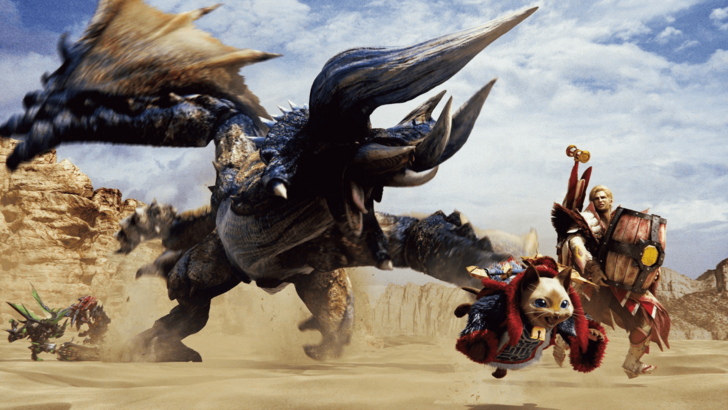
Monster Hunter, a franchise that spans over two decades since its debut in 2004, is celebrated for its variety of weapon types, each offering unique strengths, weaknesses, movesets, and mechanics. Monster Hunter Wilds introduces fourteen different weapon types, each demanding mastery from the player. The evolution of these weapons, from their initial forms to the latest iterations, showcases a remarkable transformation. Additionally, several weapons from older games have never been released in the West, adding an intriguing layer to the series' history. Let's delve into the rich history of Monster Hunter, focusing on the evolution of its weaponry.
First Generation

The first generation of Monster Hunter introduced the foundational weapons that have evolved over time. These original weapons, often referred to as the OGs of the series, have been refined with new movesets, mechanics, and more.
Great Sword
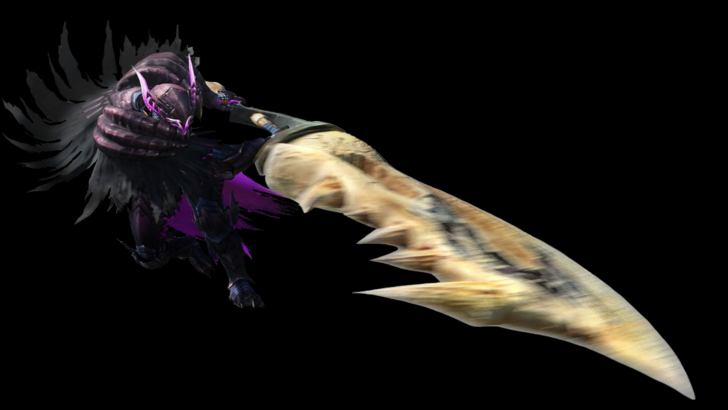
The Great Sword, an iconic weapon since the franchise's inception in 2004, is known for its high damage output. However, its slow attack speed requires strategic hit-and-run tactics. Initially, the Great Sword featured a unique damage pattern, where hitting with the middle of the blade dealt more damage. Monster Hunter 2 introduced the Charged Slash, a move that became central to the weapon's identity. Subsequent games enhanced its charged attacks and combos, with Monster Hunter World adding a shoulder tackle for quicker access to charged attacks. The Great Sword offers a low skill floor but a high skill ceiling, rewarding players who master its True Charged Slash in tight combat windows.
Sword and Shield
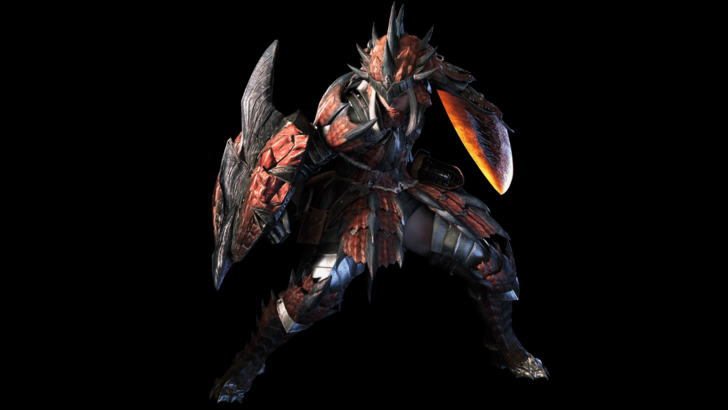
The Sword and Shield epitomizes versatility, offering quick combos, the ability to block, good mobility, and utility. Initially designed for beginners, it has evolved significantly with added mechanics like the ability to use items without sheathing in Monster Hunter 2. Subsequent games introduced shield bash combos, backstep and jumping attacks, and the Perfect Rush combo in Monster Hunter World and Rise. Despite its lower damage output, the Sword and Shield's adaptability makes it a jack-of-all-trades, often underestimated but deeply rewarding for those who explore its depth.
Hammer

The Hammer, one of the two blunt damage weapons, excels at breaking monster parts and knocking them out. Its playstyle, similar to the Great Sword, focuses on hit-and-run tactics but offers surprising mobility. The weapon's charge mechanic allows movement while charging, adding a unique twist. Monster Hunter World and Rise introduced the Big Bang and Spinning Bludgeon attacks, enhancing its offensive capabilities. The Hammer's simplicity belies its effectiveness, rewarding players who master its charge mechanics and aim for the monster's head.
Lance
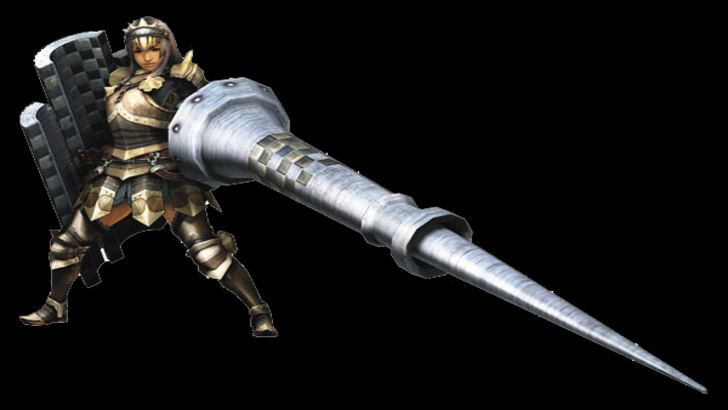
The Lance embodies the adage "a good offense is a great defense," offering long-range attacks and a large shield for blocking. Its playstyle resembles an outboxer, poking from a safe distance while maintaining a defensive stance. The Lance's Counter mechanic, introduced in later versions, further reinforced its defensive capabilities. Though often seen as less flashy, the Lance's unique design rewards players for standing their ground, turning them into formidable tanks on the battlefield.
Light Bowgun

The Light Bowgun, a ranged weapon from the first generation, balances mobility with firepower. Its smaller size allows for faster reloads and easier handling, making it a safer choice for ranged combat. However, its ammunition is limited compared to its heavier counterpart. Customization options like long barrels and silencers add versatility. Monster Hunter 4 introduced the Critical Distance mechanic, while Monster Hunter World added the Wyvernblast, enhancing its offensive capabilities. The Light Bowgun remains a popular choice for its ease of use and adaptability.
Heavy Bowgun
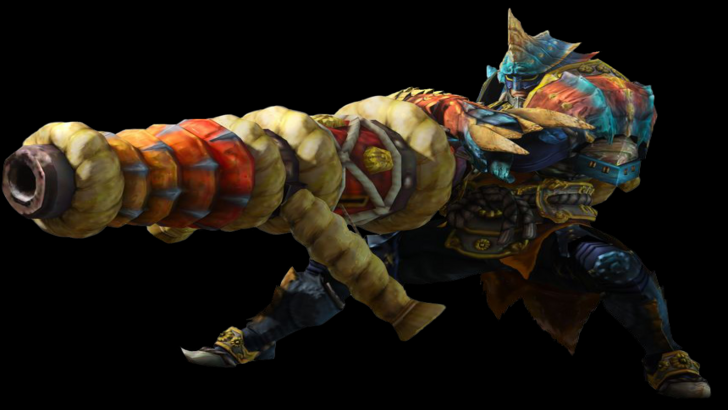
The Heavy Bowgun, introduced in the first generation, offers high damage and a variety of special ammunition. Its slow movement while drawn is offset by its flexibility in ammunition types and customization options, including a shield for blocking. Monster Hunter 3 introduced Siege Mode, allowing continuous shelling without reloading, while Monster Hunter World added Wyvernheart and Wyvernsnipe special ammo. The Heavy Bowgun demands preparation and strategic ammunition management, rewarding players with its sheer firepower.
Dual Blades
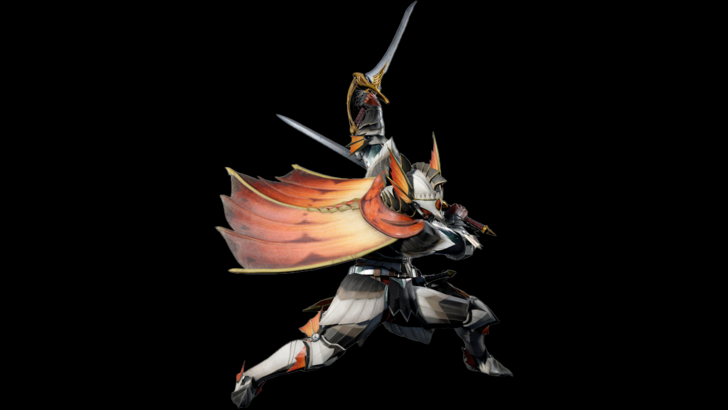
The Dual Blades, known for their speed and fluid combos, are ideal for inflicting status ailments and elemental damage. Introduced in the Western release of the first game, they allow players to enter Demon Mode for increased damage and access to additional attacks. Monster Hunter Portable 3rd and 3 Ultimate introduced the Demon Gauge and Archdemon Mode, revolutionizing the weapon's playstyle. The Dual Blades emphasize speed and continuous attacks, rewarding players who master their rapid combos and Demon Dash.
Second Generation
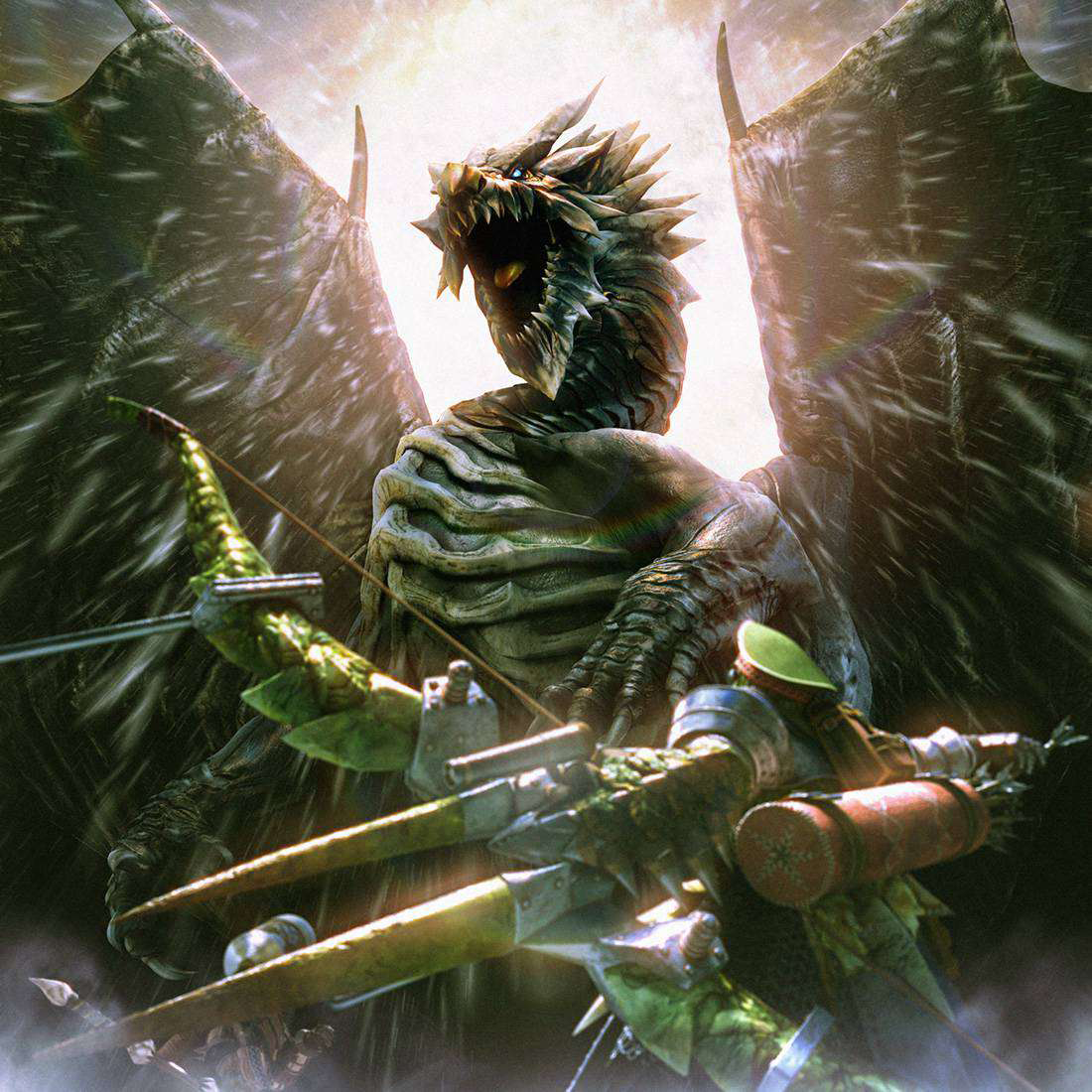
The second generation of Monster Hunter games introduced new weapons that built upon the originals, offering unique movesets and mechanics.
Long Sword
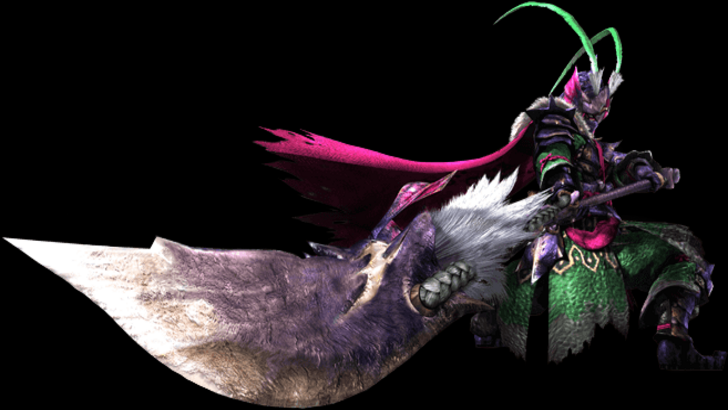
The Long Sword, introduced in Monster Hunter 2, is celebrated for its fluid combos and high damage. It shares similarities with the Great Sword but offers greater mobility and a combo-based Spirit Gauge mechanic. Monster Hunter 3 enhanced the Spirit Gauge with levels and the Spirit Roundslash finisher. Monster Hunter World introduced the Foresight Slash, a parry attack, and the Spirit Thrust Helm Breaker. The Long Sword's evolution reflects a shift towards a more dynamic, counter-based playstyle.
Hunting Horn

The Hunting Horn, a support weapon from Monster Hunter 2, uses a Recital mechanic to play beneficial songs. It deals impact damage, similar to the Hammer, but focuses on buffs and healing. Monster Hunter 3 Ultimate allowed note-playing during attacks, while Monster Hunter World introduced song queuing and Echo Notes. Monster Hunter Rise simplified the mechanic, sparking debate among players about the loss of complexity. The Hunting Horn's evolution balances support with combat effectiveness.
Gunlance
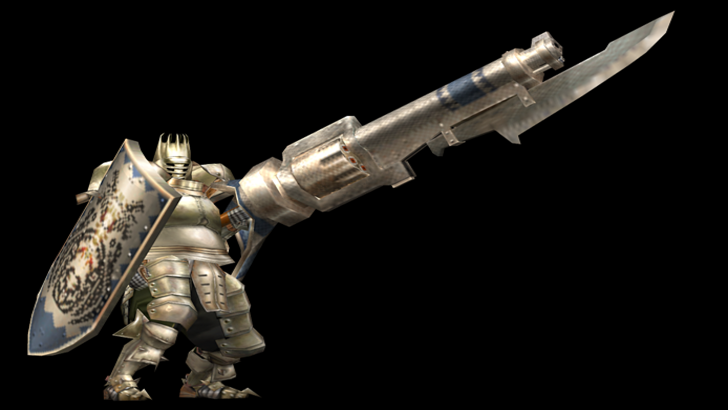
The Gunlance, introduced in the second generation, combines elements of the Lance and Bowgun. It features unlimited explosive rounds and a chargeable Wyvern's Fire attack. Monster Hunter 3 added a quick reload and Full Burst attack, while Monster Hunter X introduced the Heat Gauge. Monster Hunter World's Wyrmstake Shot added a new finisher. The Gunlance's aggressive playstyle requires balancing shell usage with physical attacks.
Bow
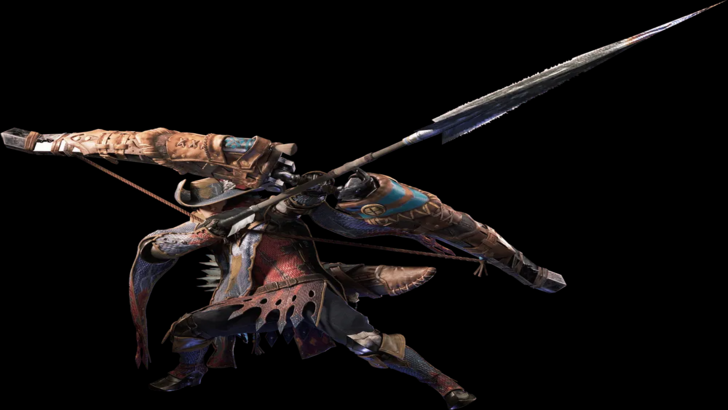
The Bow, introduced in Monster Hunter 2, is the most agile ranged weapon, specializing in close-to-mid-range combat. It uses chargeable attacks and various Coatings for enhanced damage or effects. Monster Hunter World unified its moveset, while Monster Hunter Rise reintroduced Shot Types tied to charge levels. The Bow's mobility and combo-heavy playstyle set it apart from other ranged weapons.
Third and Fourth Generation

The third and fourth generations introduced innovative weapons with unique mechanics, including morphing and buff collection.
Switch Axe
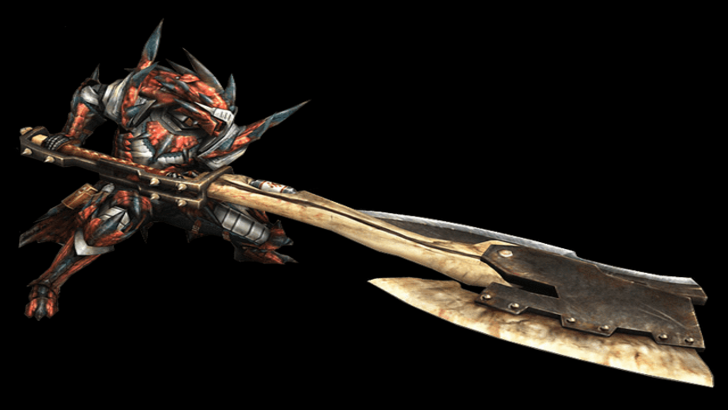
The Switch Axe, introduced in Monster Hunter 3, features two modes: Axe Mode for mobility and Sword Mode for damage. The weapon's morphing capabilities were enhanced in Monster Hunter World with the Amped mechanic, empowering Sword Mode. Monster Hunter Rise extended the Amped state to both forms, encouraging seamless transitions. The Switch Axe's versatility and explosive combat flow make it a unique addition to the series.
Insect Glaive

The Insect Glaive, introduced in Monster Hunter 4, is renowned for its aerial capabilities and the Kinsect, which collects essences for buffs. The weapon excels at mounting monsters, a new mechanic in Monster Hunter 4. Its core gameplay revolves around quickly collecting three essences for enhanced performance. Monster Hunter World: Iceborne introduced the Descending Thrust finisher, while Monster Hunter Rise simplified the Kinsect system. The Insect Glaive's unique design and aerial prowess set it apart from other weapons.
Charge Blade

The Charge Blade, also introduced in Monster Hunter 4, is a versatile weapon with Sword and Axe Modes. It uses Sword Mode to charge phials and Axe Mode for powerful Amped Elemental Discharges. The weapon's complexity and Guard Points make it challenging but rewarding to master. Its balanced offense and mechanical depth offer a rich and engaging experience.
Will There Be More?
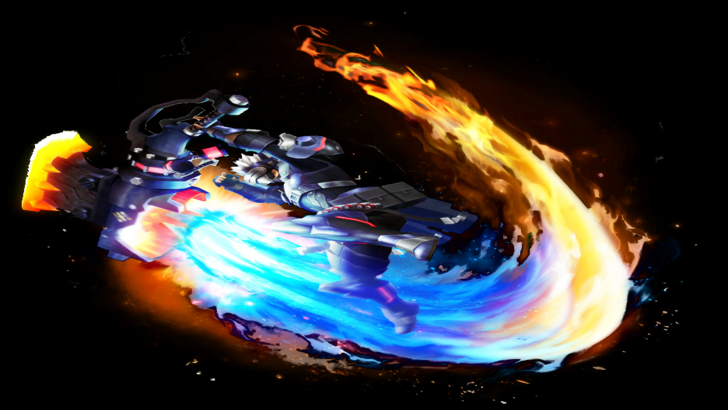
While Monster Hunter Wilds features fourteen weapons, the series has a rich history of introducing new weapons in each iteration. As the franchise continues to evolve, fans can look forward to new weapons that enhance the depth and excitement of the gameplay. Whether through new designs or the return of classic weapons from previous releases, the future of Monster Hunter promises to be as thrilling as its past.
You may also like...

Latest News
more >-
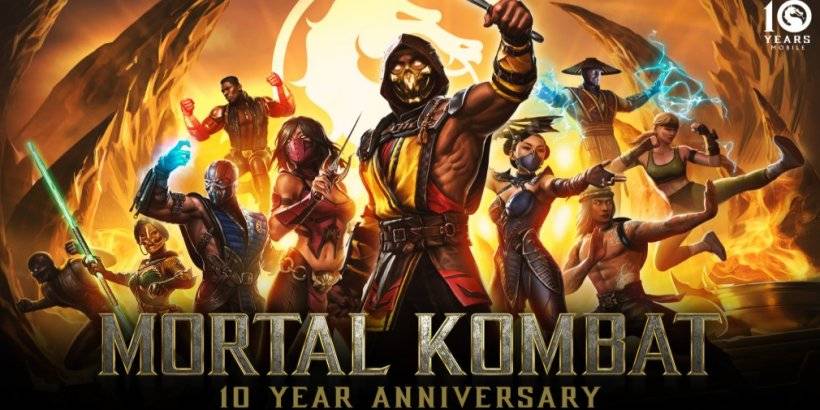
-
- Shalla-Bal Joins Fantastic Four as Silver Surfer
- Dec 21,2025
-

-
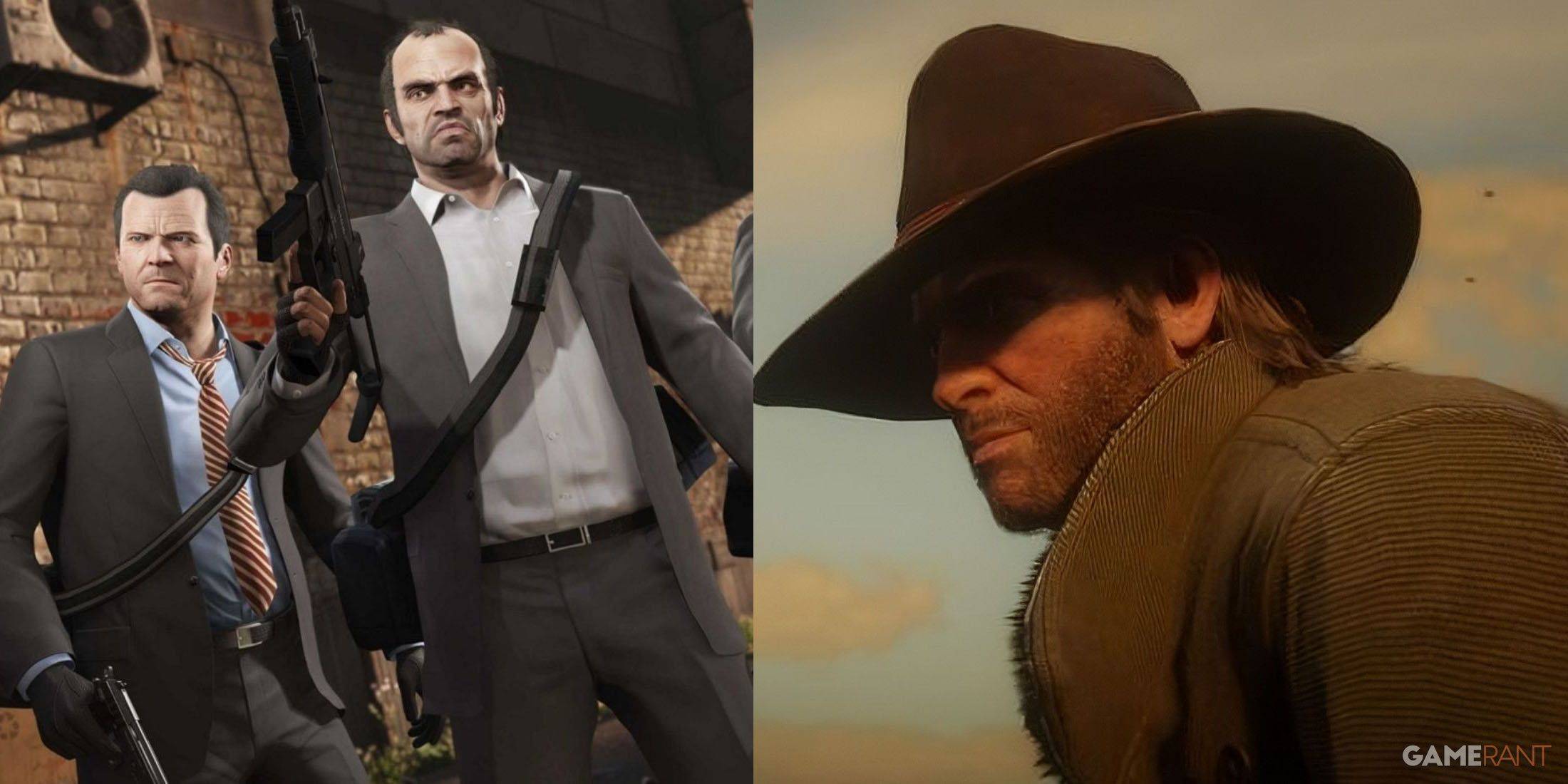
- Red Dead 2, GTA 5 Sales Stay Strong
- Dec 21,2025
-
